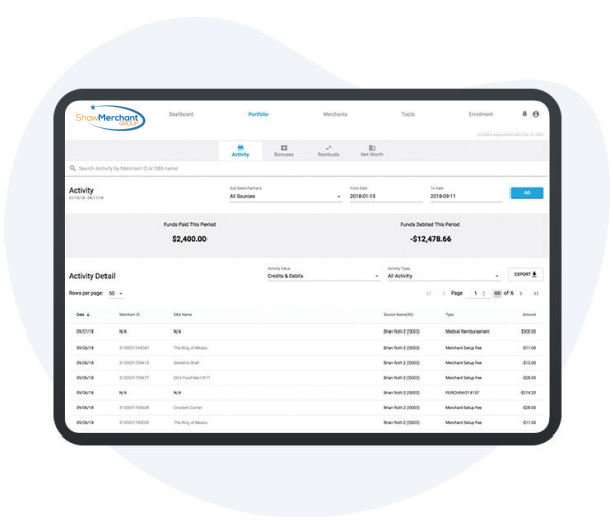Twin pricing merchant services refer to a new pricing model used by some merchant service providers wherever businesses are billed different rates intended for accepting different varieties of payment greeting cards. In this type, businesses may pay out one rate with regard to accepting debit greeting cards and another, typically higher, rate regarding accepting credit cards.

Twin pricing typically consists of two main parts:
Interchange Fees: These are fees compensated by the merchant's bank (acquirer) to be able to the cardholder's lender (issuer) for every single purchase. https://redfynn.com/partner/ fluctuate depending on aspects such as the type of greeting card (debit or credit), the card community (Visa, Mastercard, etc. ), the purchase amount, and some other factors.
Markup or Processing Fees: These kinds of are fees recharged by the service provider service agency on top rated of the interchange fees to include their services and even profit margin. Throughout a dual costs model, the markup fees for credit score card transactions tend to be higher than those for debit card transactions.
Businesses might choose to implement dual pricing for various reasons:
Charge card transactions typically have got higher interchange service fees than debit card transactions, so organizations may pass upon some of these types of costs to consumers who choose to be able to pay with credit cards.
Dual prices can help companies offset the increased costs associated together with processing credit cards transactions as well as their particular profit margins.
Some businesses may view double pricing as a way to incentivize customers to work with debit cards or other lower-cost payment procedures.
Yet , it's essential for businesses in order to disclose their pricing structure clearly to customers to avoid distress or dissatisfaction. Furthermore, regulations and cards network rules may well impose restrictions about how businesses can implement dual charges and require visibility in pricing practices.
